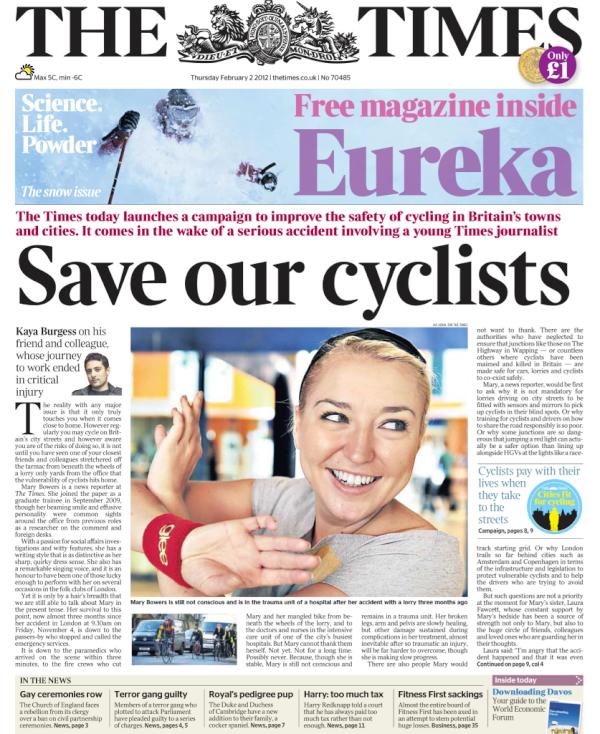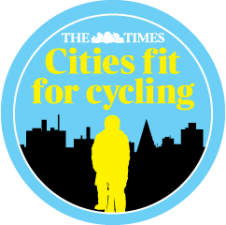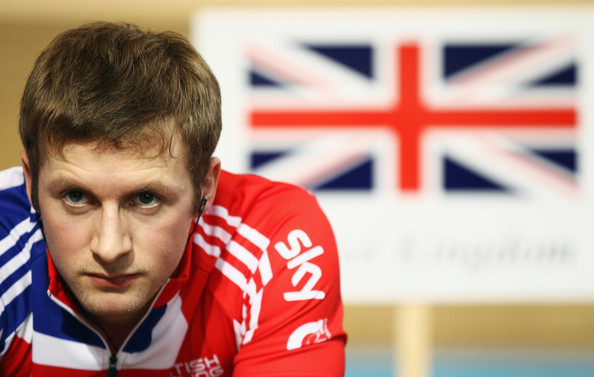National newspaper The Times has launched a ‘Cities safe for cycling’ campaign on the same day that British Cycling has called for greater mutual respect between motorists and cyclists after publishing the results of a member survey.
 The Times, a key agenda setter with a reach of nearly 1.5 million people in the UK, unveiled its campaign with a front page splash with the headline: Save our cyclists.
The Times, a key agenda setter with a reach of nearly 1.5 million people in the UK, unveiled its campaign with a front page splash with the headline: Save our cyclists.
The campaign comes after a Times journalist, Mary Bowers (pictured on the front page), was seriously injured after being hit by a lorry just yards from the newspaper’s office on The Highway in Wapping, a key arterial route into the capital. Mary remains in a coma, three months after the collision.
Coverage continues with a two-page spread, where journalist Kaya Burgess writes “since 2001, 576 British soldiers have been killed in Afghanistan and Iraq; 1,275 cyclists died on British streets. The latest data shows there were 1,850 deaths or serious injuries in the first half of 2011, a 12 per cent rise on the year before. Britain leads the world in competitive cycling; it is time that we did the same for the cyclists on our streets.” In London, this number is rising.” In 2011, 16 cyclists were killed on London’s roads.
The article includes an interview with the London Air Ambulance’s trauma surgeon Major Thomas König, and the campaign is driven by an eight-point manifesto:
– Trucks entering a city centre should be required by law to fit sensors, audible truck-turning alarms, extra mirrors and safety bars to stop cyclists being thrown under the wheels.
– The 500 most dangerous road junctions must be identified, redesigned or fitted with priority traffic lights for cyclists and Trixi mirrors that allow lorry drivers to see cyclists on their near-side.
– A national audit of cycling to find out how many people cycle in Britain and how cyclists are killed or injured should be held to underpin effective cycle safety.
– Two per cent of the Highways Agency budget should be earmarked for next generation cycle routes, providing £100 million a year towards world-class cycling infrastructure. Each year cities should be graded on the quality of cycling provision.
– The training of cyclists and drivers must improve and cycle safety should become a core part of the driving test.
– 20mph should become the default speed limit in residential areas where there are no cycle lanes.
– Businesses should be invited to sponsor cycleways and cycling super-highways, mirroring the Barclays-backed bicycle hire scheme in London.
– Every city, even those without an elected mayor, should appoint a cycling commissioner to push home reforms.

You can support the campaign online here, where the The Times is also urging both motorists and cyclists alike to share their experiences of British streets and offer suggestions of how to make them safer. You can also tweet your support by using the hashtag #cyclesafe.
Meanwhile, solutions highlighted by British Cycling to make mutual respect between motorists and cyclists a reality include greater cycle awareness in the driving test and Highway Code, ensure better enforcement of the law on mobile phone use while driving, improve poorly laid out roads and junctions which pose a danger particularly to inexperienced cyclists, and reduce urban speed limits from 30mph to 20mph.
British Cycling chief executive Ian Drake said: “As more people take to their bikes, we take seriously our responsibility to ensure they are able to do so in a safe environment. The reality is that the number of cycling deaths and injuries on the roads is decreasing and evidence suggests that the more people who cycle, the safer it becomes.
“However, for us, even one death is one too many and by listening to our members we can better understand what needs to be done to help create the necessary mutual respect required between motorists and cyclists to ensure both can use the roads in a safe manner.
“It’s essential that we get away from this sense of ‘them and us’ between motorists and cyclists. Most people who ride a bike also drive a car which suggests there should already be some mutual understanding. Now more needs to be done to build on this and create culture in which all road users can better respect each other.
“And it’s important to stress that cyclists have as much of a role to play in this as motorists, by ensuring they adhere to the rules of the road with regards to things like stopping at red traffic lights and signalling correctly.”
The national governing body’s findings are supported by Ian Austin MP, British Cycling member and co-chair of the All-Party Parliamentary Cycling Group and Rob Gifford, executive director of the Parliamentary Advisory Council for Transport Safety.
Olympic road race champion Nicole Cooke, who has also written a column in The Times, added: “We know that personal safety, and the perceived risks associated with cycling, can be a barrier to getting on a bike, especially amongst women.
“If we want to continue to see participation grow we need to address this and make tangible changes to ensure the roads are safer for cyclists. Through greater respect we can ensure more people can enjoy riding a bike which has got to be a good thing to strive towards particularly in the year of a home Olympic and Paralympic Games.”
Can The Times sway public opinion? Is the tide turning for cyclists? Discuss on the forum

